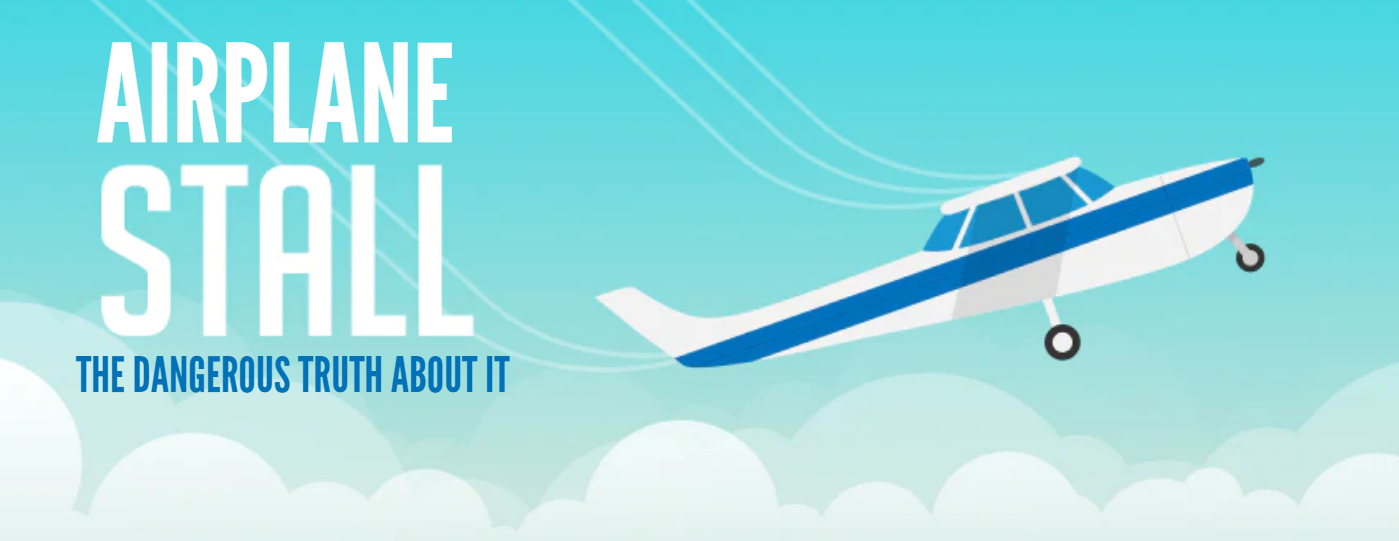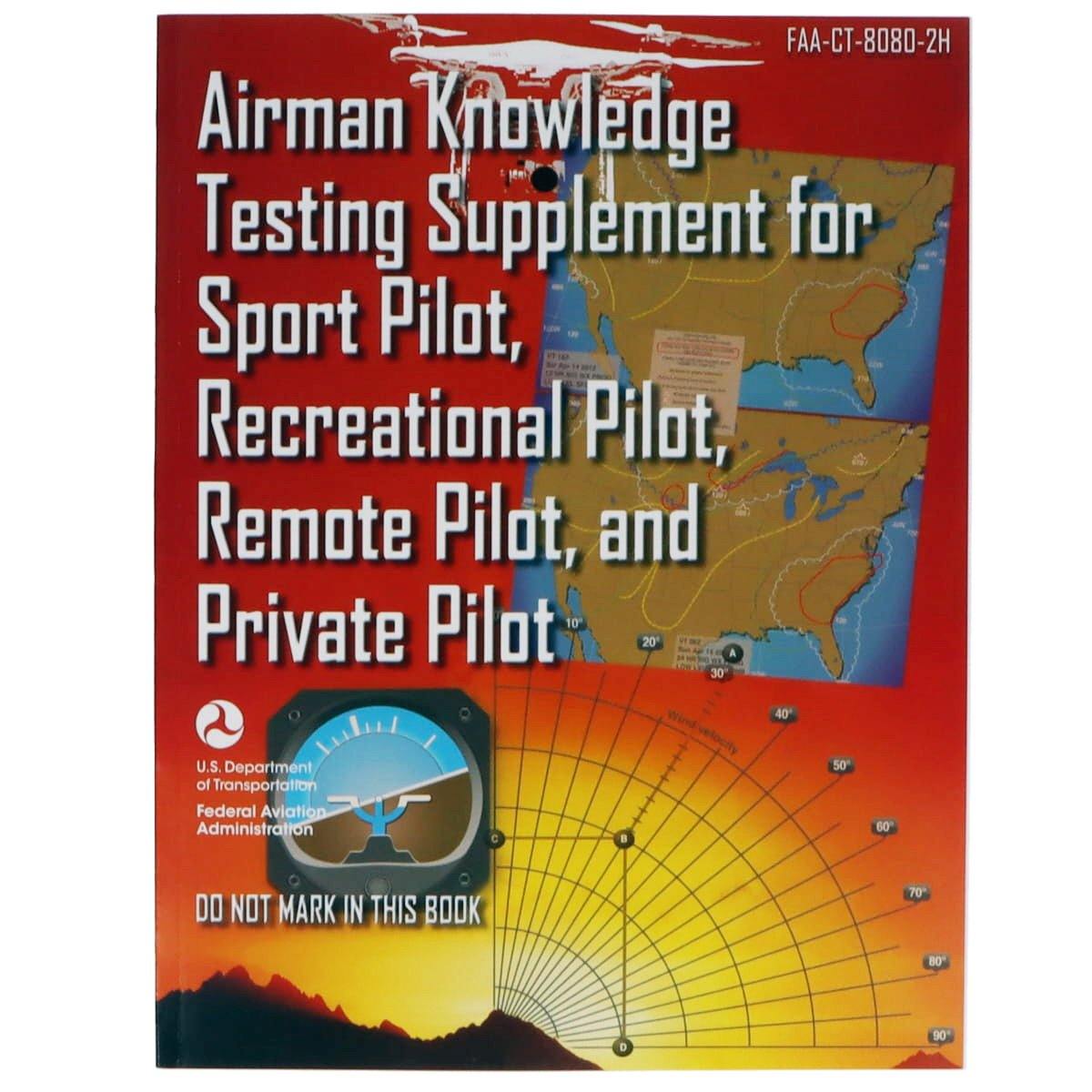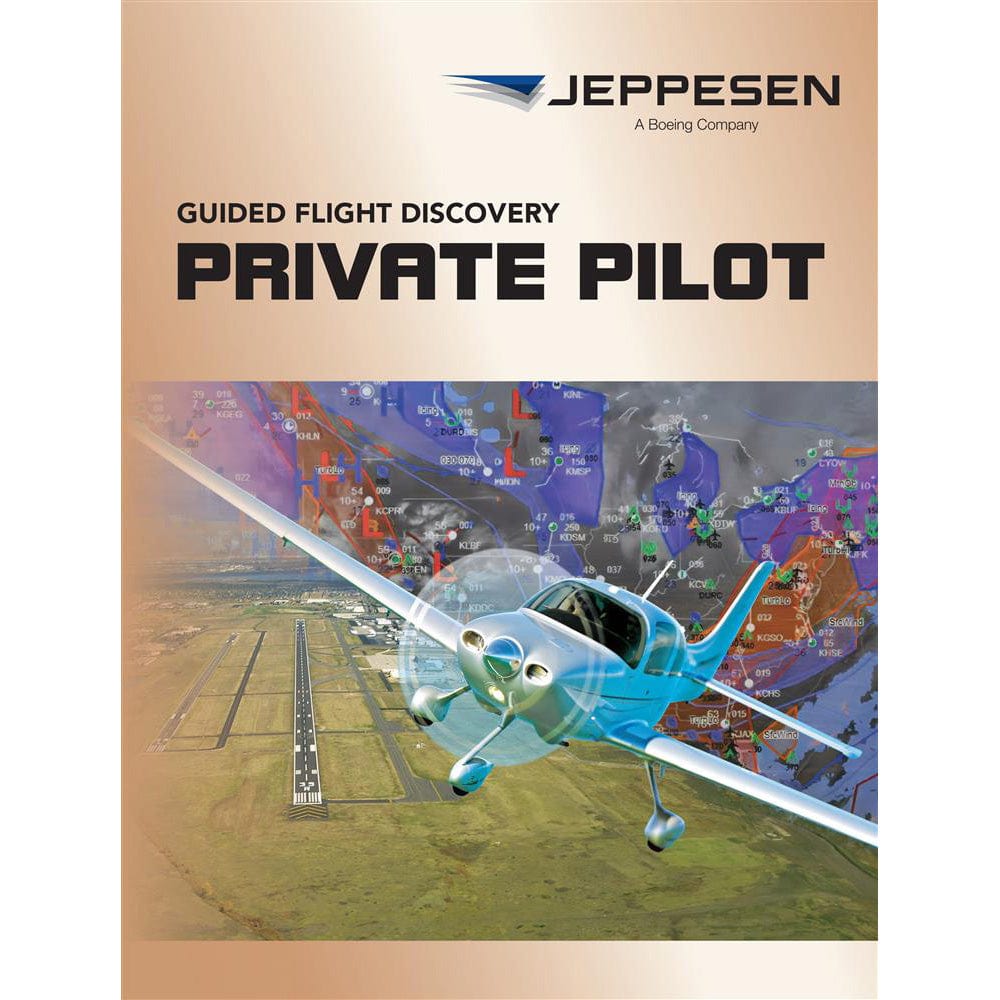Everyone who holds at least a private pilot’s license has had to learn about and practice recovering from stalls. You may recall that during ground school, you were taught about angle of attack, critical angle of attack, and various types of stalls.
Today we’re going to take you back to aerodynamic and flight characteristic basics as together we revisit exactly what a stall is and what causes airplane stalls.
We will also clarify the relationships of speed, aircraft weight, angle of attack, critical angle of attack, aircraft stall speed, wing load factor and more.
 What is an Airplane Stall?
What is an Airplane Stall?
According to The Pilot’s Handbook of Aeronautical Knowledge, a stall is “a rapid decrease in lift caused by the separation of airflow from the wing’s surface, brought on by exceeding the critical angle of attack.”
When it was time for your hands-on training, you memorized the stall speed and critical angle of attack for your aircraft. Your CFI coached you through initiating a stall and then recovering from it. You survived, demonstrated the skill during your check ride, and went on with life. You may or may not have done much practice with stall recoveries since.
Here’s the thing: the more we understand about the aerodynamics of stalls and what causes each type of airplane stall, the more successful we can be in preventing stalls or quickly and successfully recovering from them.
The dangerous truth according to the FAA is that:
“more than 25% of general aviation fatal accidents occur in the maneuvering phase of flight. Of those accidents – half involve stall/spin scenarios.”
The FAA was so concerned about this statistic that they released a safety notice outlining the benefits of installing an Angle of Attack (AOA) system to supplement existing stall warning systems.
What does it look like when a plane stalls?
Viewing the airflow during a stall helps us to visualize how the airflow begins to separate from the wing as it approaches a stall.
By watching the movement of the yarn pieces attached to the wing, we can see the chaotic burbling vortices developing at the trailing edge and spreading forward towards the leading edge when the wing stalls.
As the stall is corrected, the airflow returns to meet the wing’s surface, and normal flight resumes.
 What causes an airplane to stall?
What causes an airplane to stall?
Based on our Pilot’s Handbook definition, we know that a stall occurs when airflow separates from the wing’s surface. We also know that this separation is a result of exceeding the critical angle of attack. That means that the simple answer to, “What causes an airplane to stall?” is “exceeding the critical angle of attack.”
Causes of Aircraft Stalls
Stalls can occur due to a variety of factors, including excessively steep angles of attack, low airspeed, high bank angles, ice accumulation on the wings, weight and balance issues, engine power loss, turbulent air or wind shear, incorrect flap settings, and pilot error.
These factors disrupt the smooth airflow over the wings, reducing lift and potentially leading to a stall if not managed properly.
Great, but what factors play a role in stalls? How do our actions as pilots impact our likelihood of a stall? To answer these questions and more, it’s time to jump into the aerodynamics of flight.
 Forces of Flight
Forces of Flight
During flight, there are four forces that effect the aircraft. They are all interrelated, so a change in one will impact the others. By reviewing how these forces work, we will be laying the groundwork for understanding stalls.
-
Lift is an upward vertical force that is generated mainly by the wings. It acts perpendicular to the relative wind direction.
-
Weight is a downward vertical force generated by gravity. It acts perpendicular to the surface of the ground.
-
Thrust is a forward horizontal force generated by the aircraft’s engine(s). It acts parallel to the flight path.
-
Drag is a backward horizontal force generated by the natural resistance as the plane moves through the air. It acts parallel to the flight path.
The two vertical forces, lift and weight oppose each other. During straight and level flight, the lift is equal to the weight. On ascent, lift is greater than weight. On the descent, weight is greater than lift.
The two horizontal forces also oppose each other. At a constant airspeed, thrust and drag are equal. On acceleration, thrust is greater than drag. On deceleration, drag is greater than thrust.
To maintain a straight and level flight, all four opposing forces must be in balance.
How does speed impact stalls?
As we just discussed, for an aircraft to maintain straight and level flight, all four of our opposing forces of flight must be in balance. If our speed is increasing or decreasing, those forces are no longer in balance.
As new pilots, we memorize the stall speed of our aircraft, and this concept of stall speed is where we can get a bit confused about the relationship between stalls and speed, so let’s clarify.
As we decrease our speed, we must increase our angle of attack to maintain lift. If we keep decreasing speed and increasing the angle of attack, at some point, we will reach the critical angle of attack. At this angle, the air can no longer flow smoothly over the wing. It breaks away from the wing, we lose lift, and the aircraft stalls.
How does weight impact stalls?
As you increase your aircraft’s weight, you will need more lift. We know that more lift is generated by an increased angle of attack. As with the previous example, at some point, if we keep increasing our aircraft’s weight, our angle of attack must also increase until eventually it reaches the critical angle of attack and the aircraft stalls.
How do banked turns impact stalls?
If we go into a banked turn, the lift that our wings generate remains perpendicular to the wings and shifts with the aircraft. It is no longer directly offsetting gravity as it was when we were in straight and level flight.
We now have something called a lift vector which factors in the vertical and horizontal components of lift. If we change nothing else, the total lift generated in this banked turn will be less than it was in straight and level flight. Our aircraft will want to descend.
To both make a turn and maintain our altitude; we must increase lift. To increase lift, we increase our angle of attack. If we increase our bank angle, we increase our necessary angle of attack.
Eventually, if our bank angle is too steep, we will no longer be able to compensate because we will reach our critical angle of attack and the plane will stall.
How does the load factor impact stalls?
During the above-banked turn maneuver, we will also be increasing the load factor on our aircraft.
When we are flying straight and level, load factor is equal to our lift divided by our weight. Our four opposing forces are balanced, so our lift is equal to our weight and our load factor is 1.
As we enter the turn, an increase in bank angle causes an increase to the load or G force on our aircraft causing it to feel heavier than it actually is. This increased load factor increases the stall speed.
5 Signs of Aircraft Stall
-
Buffeting: As the plane shakes and rattles, it's a telltale sign that something is awry with the airflow over the wings. This is a common precursor to a stall, alerting pilots to take immediate action.
-
Loss of Control Effectiveness: As the air separates from the wings, the controls become less responsive and mushy. This makes it challenging for pilots to maintain control of the aircraft.
-
Stall Warning System Activation: The stall warning system includes both audible and visual cues, such as a stick shaker or an aural alert, to warn of an impending stall.
-
Nose Pitching Up: The sudden upward tilt of the aircraft's nose suggests a possible increase in its angle of attack.
-
Sinking or Rapid Descent: Suddenly and without warning, the aircraft began to descend, a sign that it was losing lift. This could be an indication of an approaching stall.
 How to Recover From a Stall
How to Recover From a Stall
-
Immediately reduce the angle of attack by lowering the nose to regain airflow over the wings.
-
Add full power to increase the airspeed, gain lift, and level the wings.
-
Once control of the aircraft is reclaimed, gently but firmly level the wings and gradually climb back to a safe altitude. Trim, climb, or go around if needed.
Note: Avoid abrupt control inputs and maintain coordinated flight throughout the recovery process to prevent a secondary stall or loss of control.
Takeaway
Stalls can be dangerous and fatal, but many are also preventable. Stall warning systems and angle of attack systems may give us some advance notice of an imminent stall, but often the best way to prevent a stall is to be well-versed on the aerodynamics of what causes the stall to begin with.
A clear understanding and keen awareness of the “watch out” situations will help us to stay out of trouble and to recognize potential dangers right when they begin to develop rather than a moment before they become critical.
Want to learn more about stalls?
Our guides are designed to help student pilots become professional pilots and for private pilots to brush up on their knowledge and skills.
Did you find this article helpful?
Do you think we missed anything important or made a mistake? Let us know in the comments below!










1 comment
Anders Christenson
The Law Of Exercise has caused many pilots to FEAR STALLS.
I purpose to explain STALLS as mere losing control of a FLIGHT AXIS.
A main factor in flight accidents, is ‘loss of control’. The Law Of Exercise
has allowed pilots to use improper controls to correct a situation.
Peace…